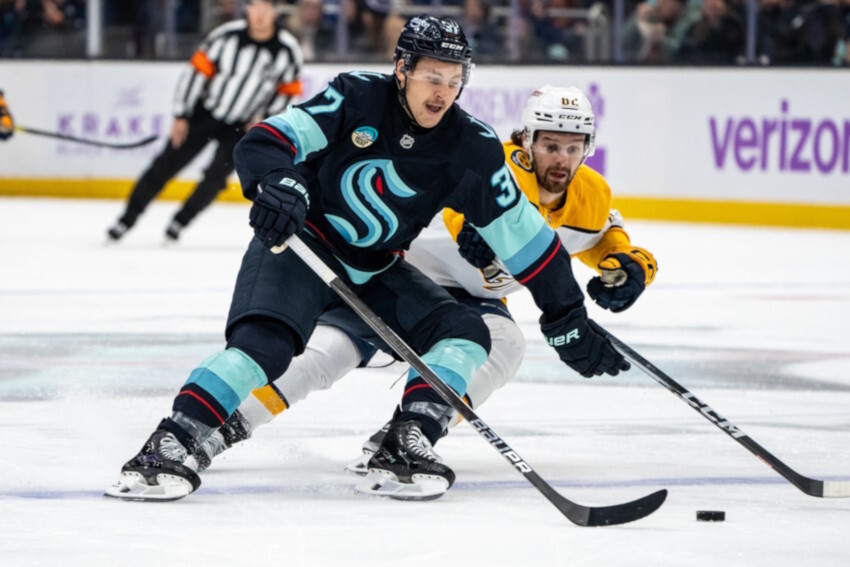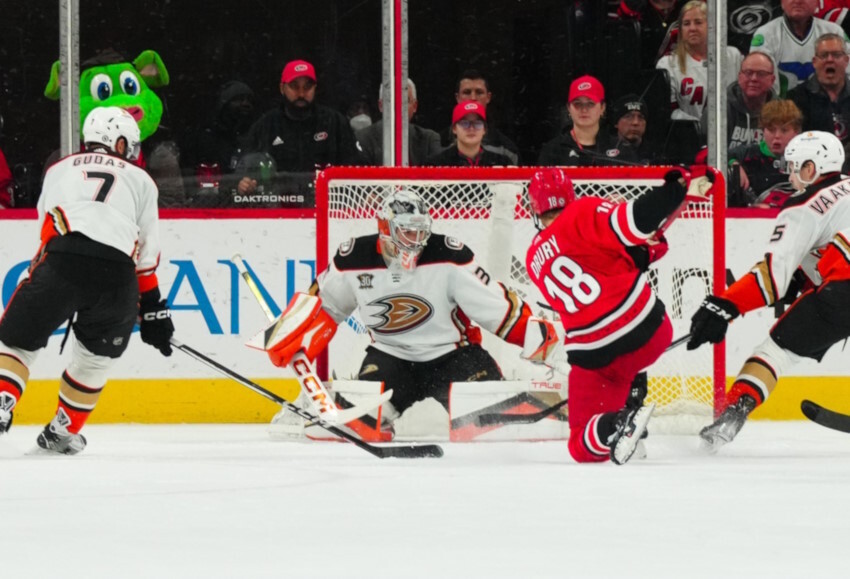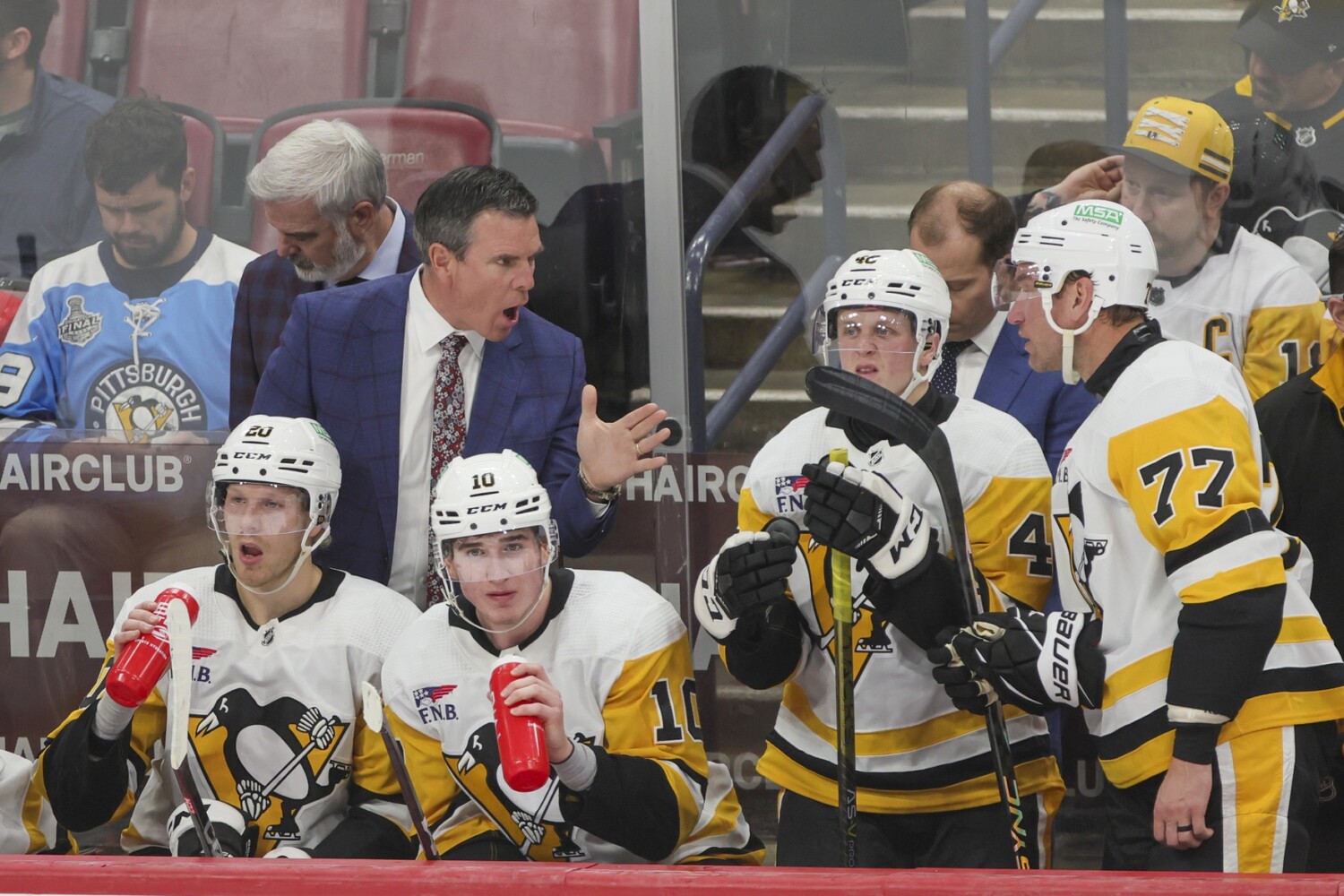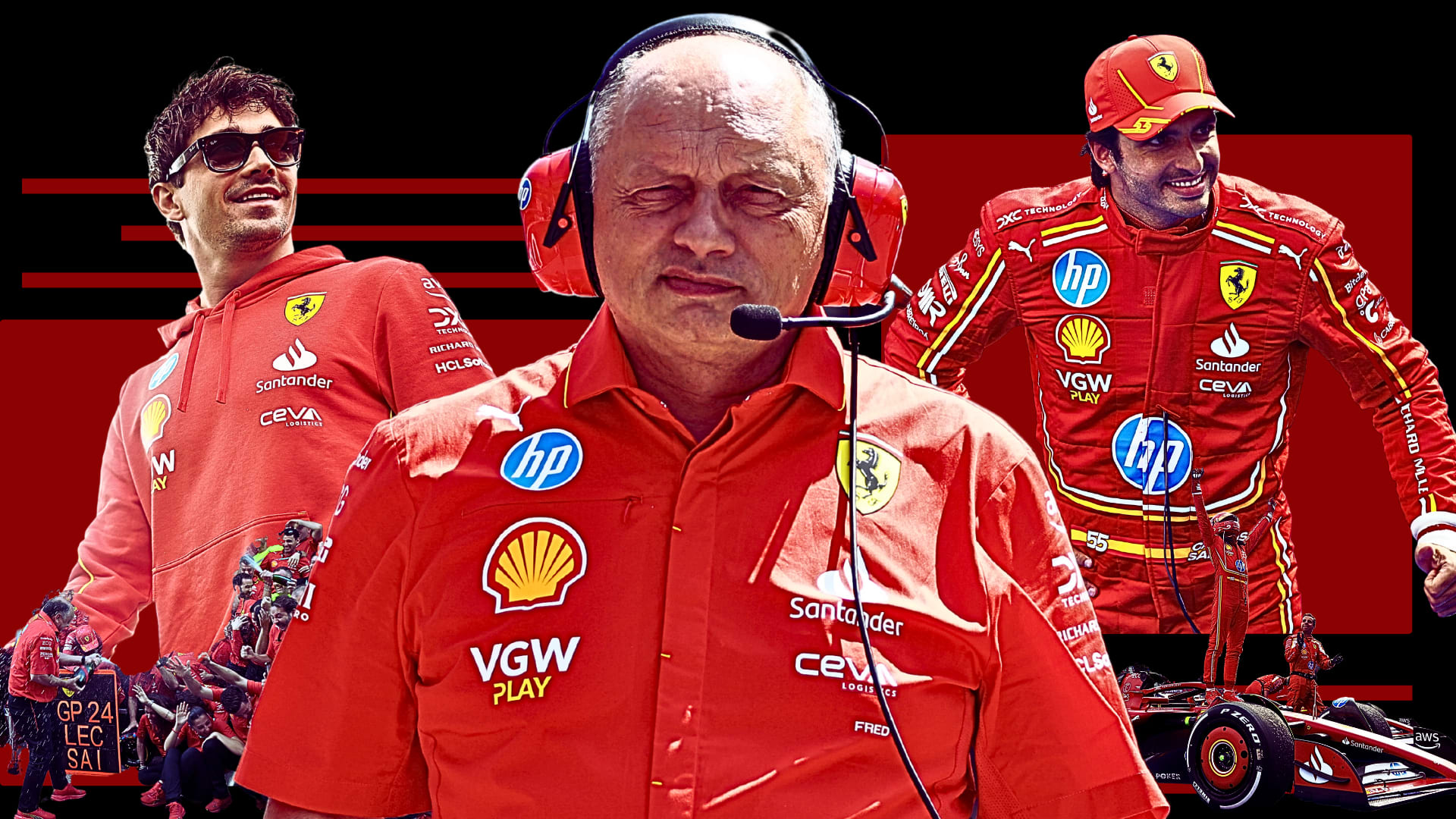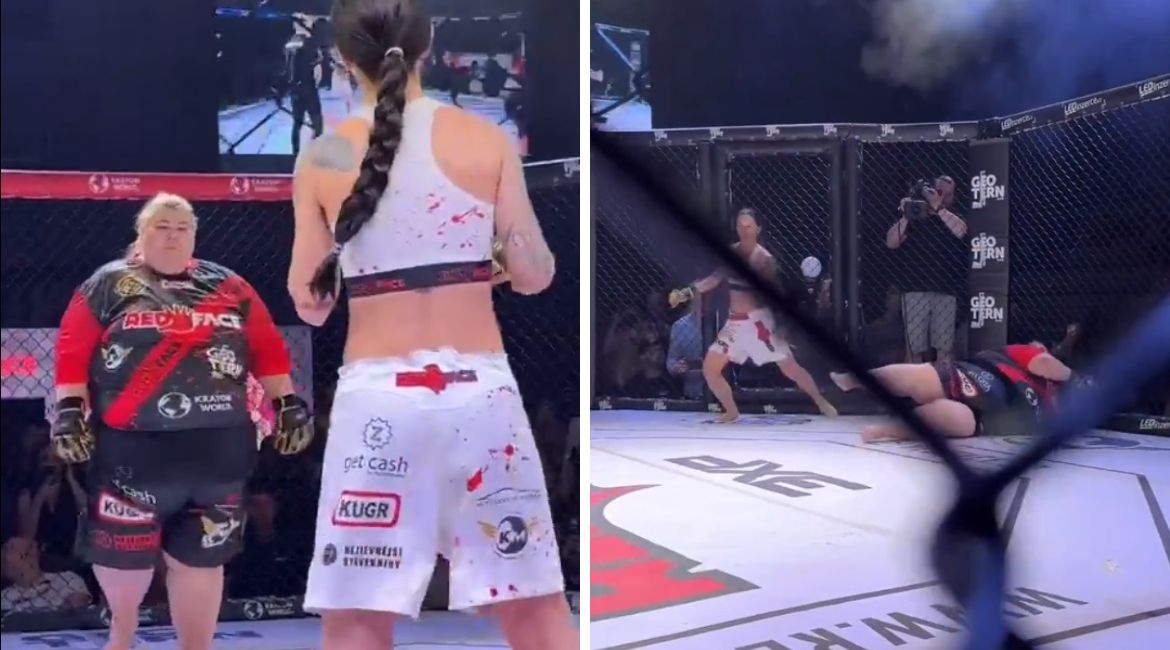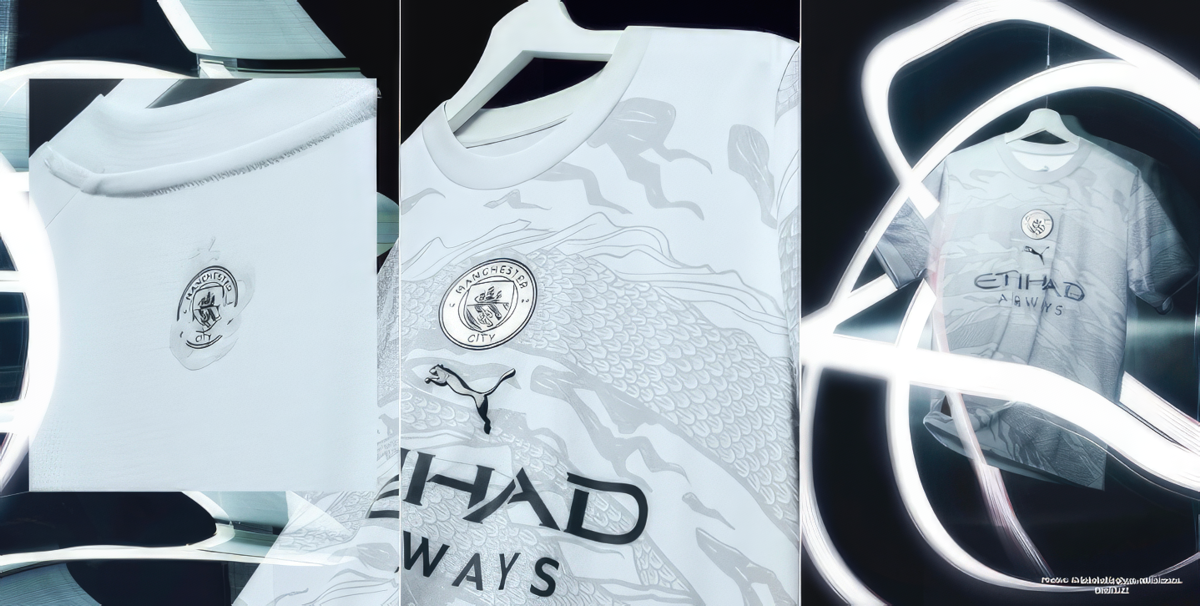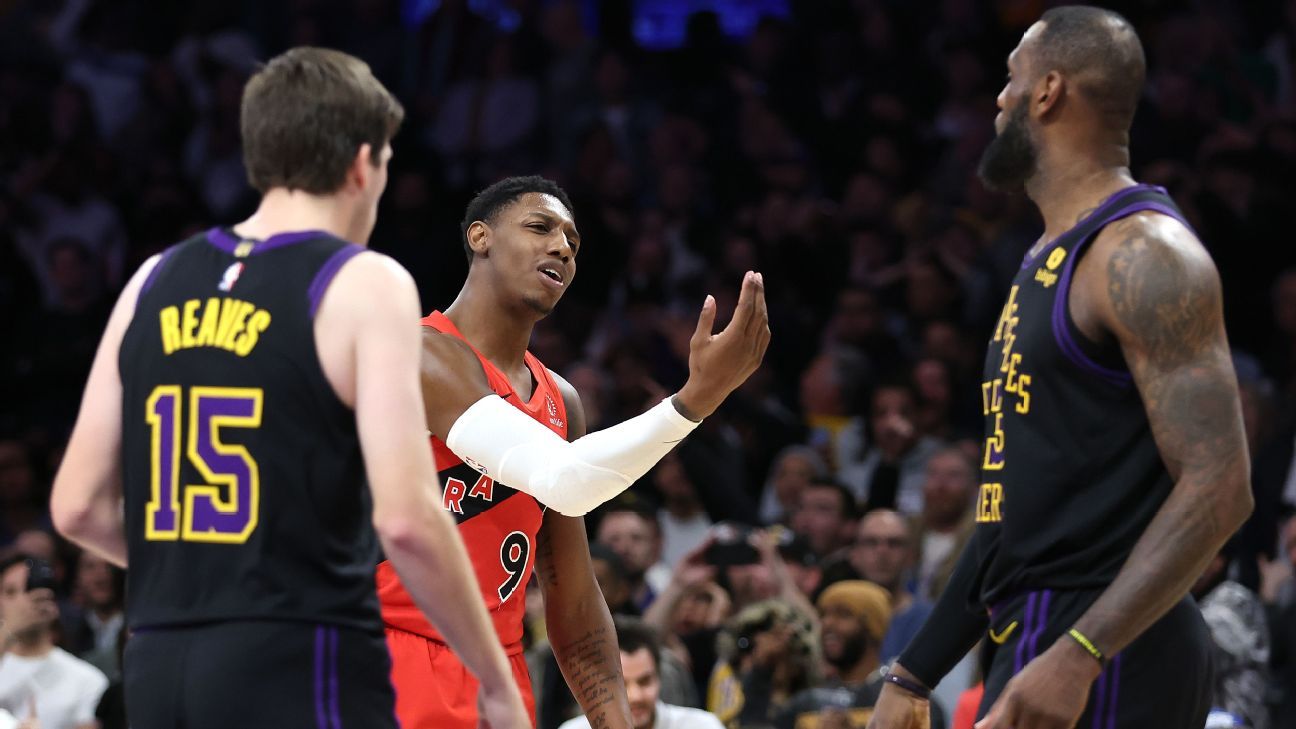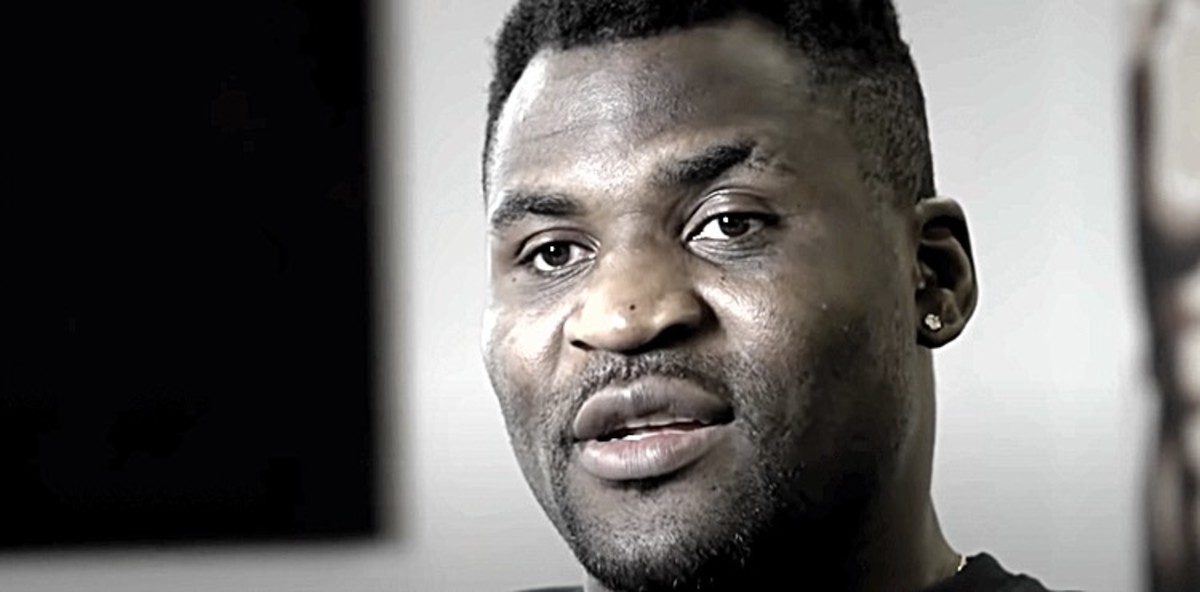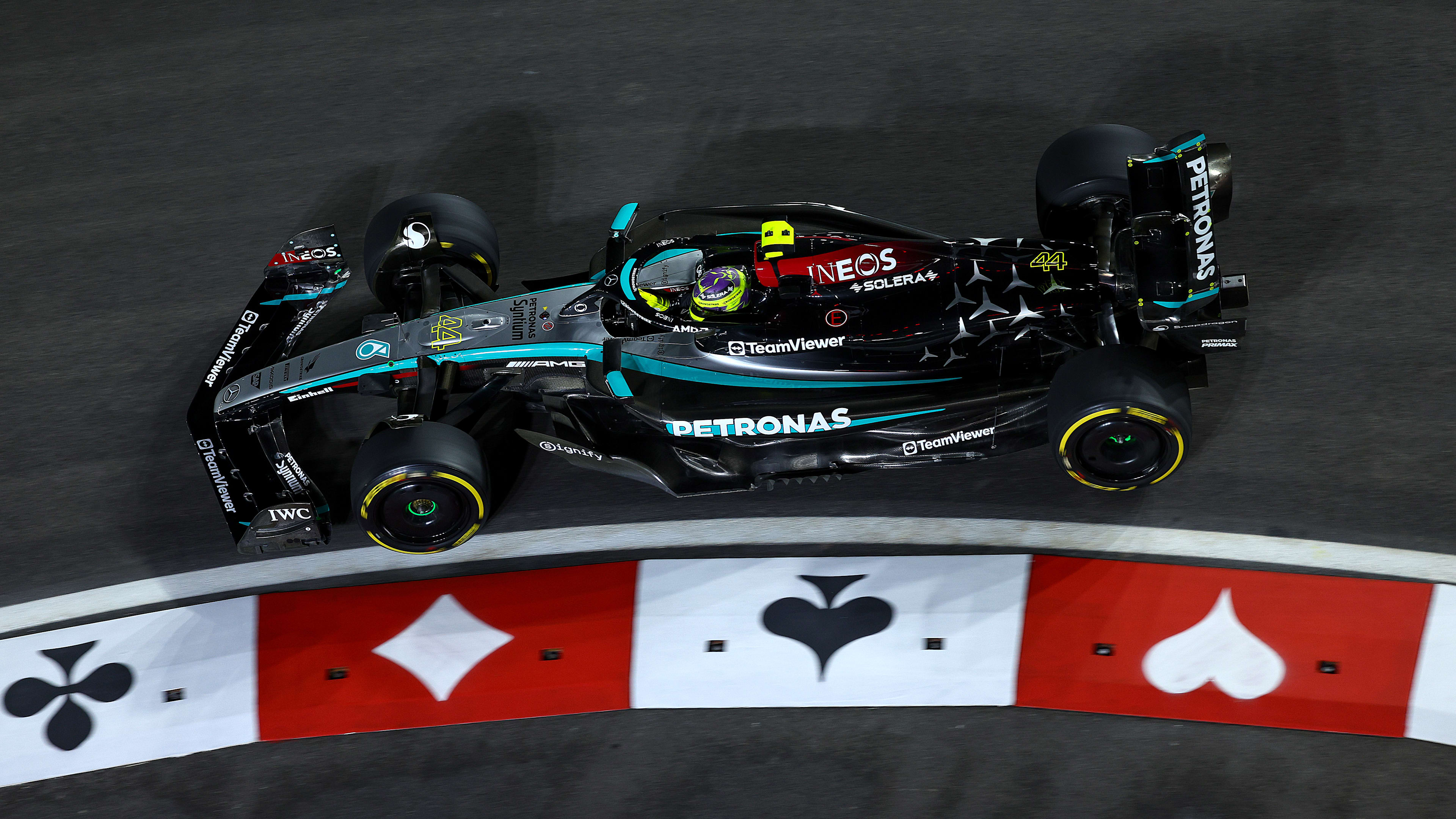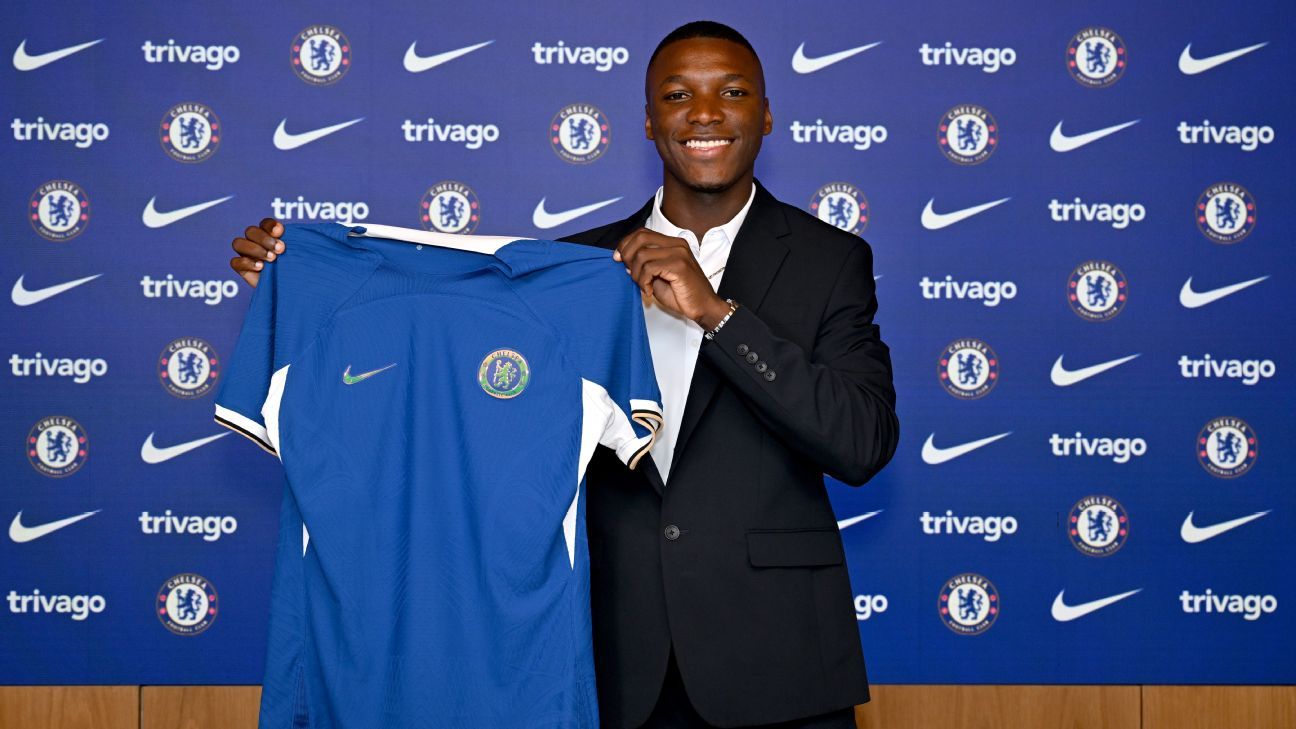Whereas the aim of each NHL basic supervisor is to place collectively a roster that wins the Stanley Cup, the truth is that groups are on totally different timelines relating to their championship rivalry.
So which groups are in the most effective form for the following three seasons? That is the place the Future Energy Rankings are available in.
These rankings think about how groups are arrange for achievement this season in addition to the following three seasons. We had a panel of writers and editors fee every group in 4 classes — roster (with an emphasis on gamers 26 and below); prospects; cap scenario and contracts; and entrance workplace, possession and training — utilizing this scale:
100: A+ (elite)
90: A (nice)
80: B (superb)
70: C (common)
60: D (very unhealthy)
50: F (disastrous)
After averaging the outcomes from the panelists, every of the 4 classes was weighted to create the general rating: roster (35%), prospects (25%), cap/contracts (20%) and proprietor/GM/coach (20%). The result’s a complete rating primarily based on how properly every group is positioned for the long run, plus insights on each group from Ryan S. Clark, Kristen Shilton and Rachel Doerrie.



